
James Orchard Halliwell-Phillipps was an English Shakespearean scholar, antiquarian, and a collector of English nursery rhymes and fairy tales.

The National Library of Wales, Aberystwyth, is the national legal deposit library of Wales and is one of the Welsh Government sponsored bodies. It is the biggest library in Wales, holding over 6.5 million books and periodicals, and the largest collections of archives, portraits, maps and photographic images in Wales. The Library is also home to the national collection of Welsh manuscripts, the National Screen and Sound Archive of Wales, and the most comprehensive collection of paintings and topographical prints in Wales. As the primary research library and archive in Wales and one of the largest research libraries in the United Kingdom, the National Library is a member of Research Libraries UK (RLUK) and the Consortium of European Research Libraries (CERL).

The Cotton or Cottonian library is a collection of manuscripts once owned by Sir Robert Bruce Cotton MP (1571–1631), an antiquarian and bibliophile. It was one of the three "foundation collections" of the British Museum in 1753, and is now one of the major collections of the Department of Manuscripts of the British Library. After the Dissolution of the Monasteries, many priceless and ancient manuscripts that had belonged to the monastic libraries began to be disseminated among various owners, many of whom were unaware of the cultural value of the manuscripts. Cotton's skill lay in finding, purchasing and preserving these ancient documents. The leading scholars of the era, including Francis Bacon, Walter Raleigh, and James Ussher, came to use Sir Robert's library. Richard James acted as his librarian. The library is of special importance for having preserved the only copy of several works, such as happened with Beowulf and Sir Gawain and the Green Knight.
Joseph Cosey is the favorite alias of notorious forger Martin Coneely. He was very skilled at mimicking the handwriting of historical American figures.
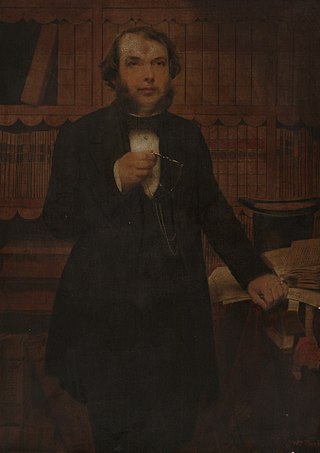
Henry Stevens was a renowned American bibliographer.
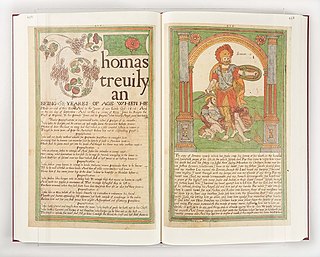
The Roxburghe Club is a bibliophilic and publishing society based in the United Kingdom.
The Thomason Collection of Civil War Tracts consists of more than 22,000 pamphlets, broadsides, manuscripts, books, and news sheets, most of which were printed and distributed in London from 1640 to 1661. The collection represents a major primary source for the political, religious, military, and social history of England during the final years of the reign of King Charles I, the English Civil War, the Interregnum, and the English Restoration of King Charles II. It is now held in the British Library.
John Waynflete Carter was an English writer, diplomat, bibliographer, book-collector, antiquarian bookseller and vice-president of the Bibliographical Society of London. He was the great-grandson of Canon T. T. Carter.

Sir Thomas Phillipps, 1st Baronet, was an English antiquary and book collector who amassed the largest collection of manuscript material in the 19th century. He was an illegitimate son of a textile manufacturer and inherited a substantial estate, which he spent almost entirely on vellum manuscripts and, when out of funds, borrowed heavily to buy manuscripts, thereby putting his family deep into debt. Phillipps recorded in an early catalogue that his collection was instigated by reading various accounts of the destruction of valuable manuscripts. Such was his devotion that he acquired some 40,000 printed books and 60,000 manuscripts, arguably the largest collection a single individual has created, and coined the term "vello-maniac" to describe his obsession, which is more commonly termed bibliomania.

The Spanish Forger is the name given to an unidentified individual who, in the late 19th to early 20th century, created a large number of forgeries of medieval miniatures.

Humfrey Wanley was an English librarian, palaeographer and scholar of Old English, employed by manuscript collectors such as Robert and Edward Harley. He was the first keeper of the Harleian Library, now the Harleian Collection.
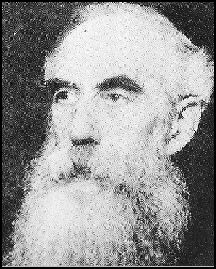
Henry Buxton Forman was a Victorian-era bibliographer and antiquarian bookseller whose literary reputation is based on his bibliographies of Percy Shelley and John Keats. In 1934 he was revealed to have been in a conspiracy with Thomas James Wise (1859–1937) to purvey large quantities of forged first editions of Georgian and Victorian authors.
Kenneth Athol Webster was a collector and dealer of manuscripts, fine art and ethnographic artifacts associated with Oceanic peoples.

Thomas James Wise was a bibliophile who collected the Ashley Library, now housed by the British Library, and later became known for the literary forgeries he printed and sold.
The British Library's Garrick Collection is a collection of early printed editions of English drama amassed by the actor and playwright David Garrick. The collection was bequeathed to the British Museum in 1779.
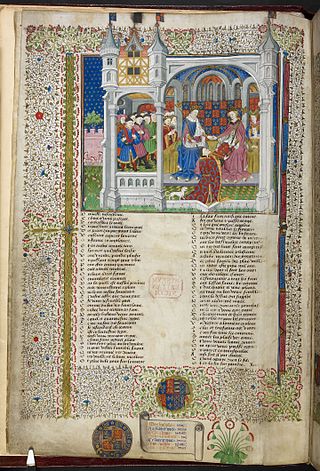
The Royal manuscripts are one of the "closed collections" of the British Library, consisting of some 2,000 manuscripts collected by the sovereigns of England in the "Old Royal Library" and given to the British Museum by George II in 1757. They are still catalogued with call numbers using the prefix "Royal" in the style "Royal MS 2. B. V". As a collection, the Royal manuscripts date back to Edward IV, though many earlier manuscripts were added to the collection before it was donated. Though the collection was therefore formed entirely after the invention of printing, luxury illuminated manuscripts continued to be commissioned by royalty in England as elsewhere until well into the 16th century. The collection was expanded under Henry VIII by confiscations in the Dissolution of the Monasteries and after the falls of Henry's ministers Cardinal Wolsey and Thomas Cromwell. Many older manuscripts were presented to monarchs as gifts; perhaps the most important manuscript in the collection, the Codex Alexandrinus, was presented to Charles I in recognition of the diplomatic efforts of his father James I to help the Eastern Orthodox churches under the rule of the Ottoman Empire. The date and means of entry into the collection can only be guessed at in many if not most cases. Now the collection is closed in the sense that no new items have been added to it since it was donated to the nation.
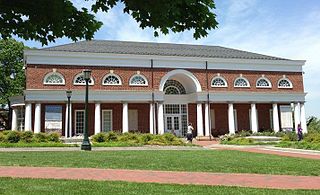
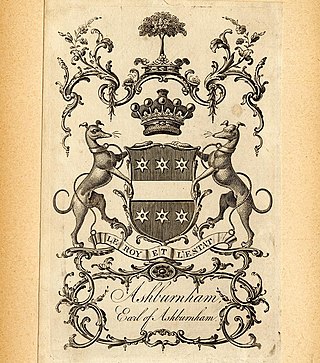
Bertram Ashburnham, 4th Earl of Ashburnham was a British peer. He was the fourth son of George Ashburnham, 3rd Earl of Ashburnham. As the eldest son still living when his father died in 1830, he succeeded as Earl of Ashburnham, Viscount St. Asaph and Baron of Ashburnham.

Sophistication of books is the practice of making a book complete by replacing missing leaves with leaves from another copy. In some cases this is done with the intent to deceive or mislead, modifying and offering books for sale in an attempt to sell them for a higher value. When offered for sale, a book's description should be clear and unambiguous, and indicate exactly and in detail any changes that have been made to the book.
David Fairweather Foxon, FBA was an English bibliographer. Noted for his study of books and literature in 18th-century England, he was the Reader in Textual Criticism at the University of Oxford from 1968 to 1982.














